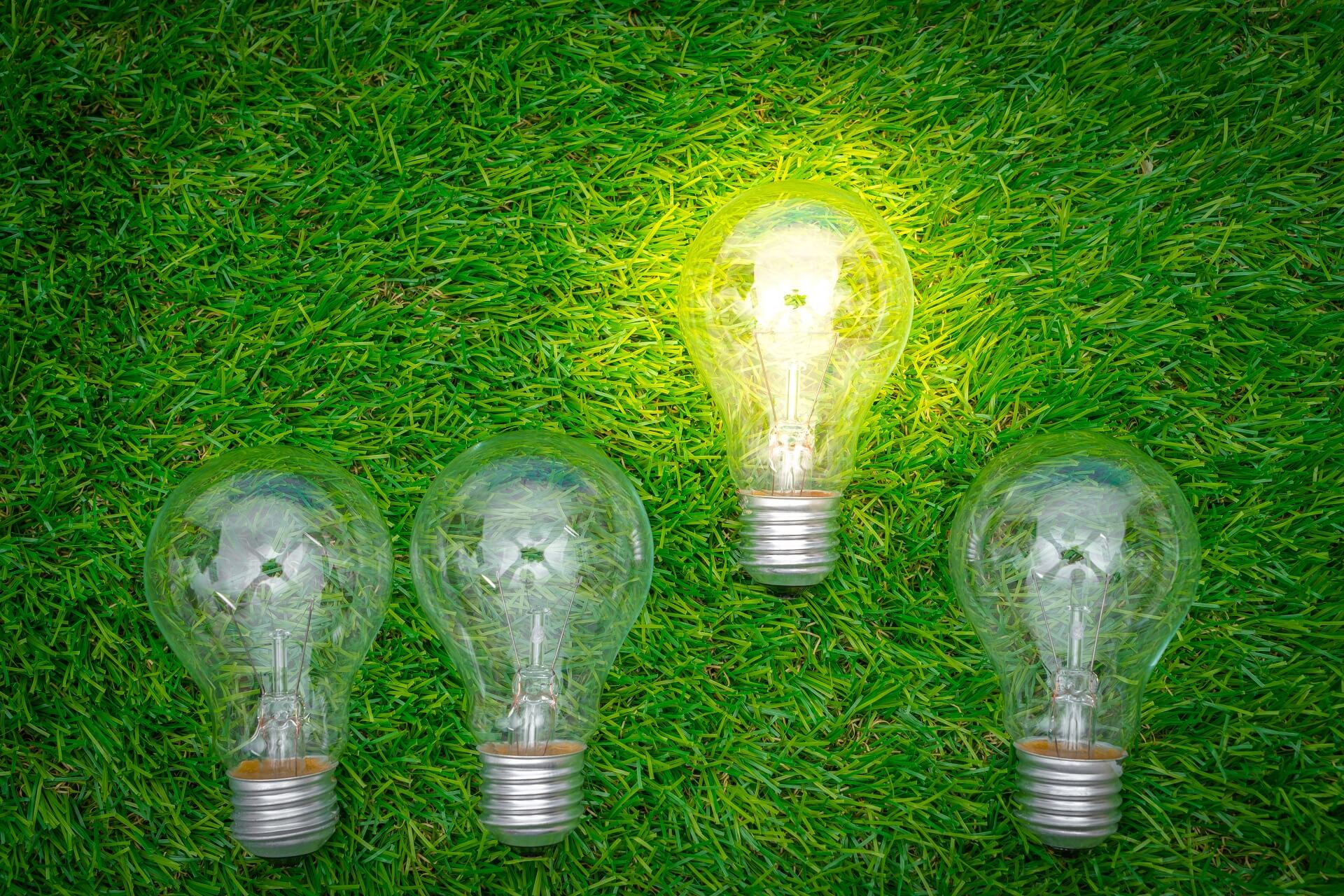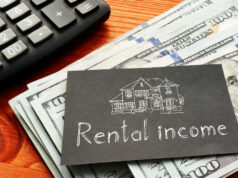The best way to save up on electricity is by changing how you use power and considering the gadgets you use. There are many tips for saving electricity at no cost, and others that include the option of using led lighting instead of traditional lighting.
Saving energy at no cost
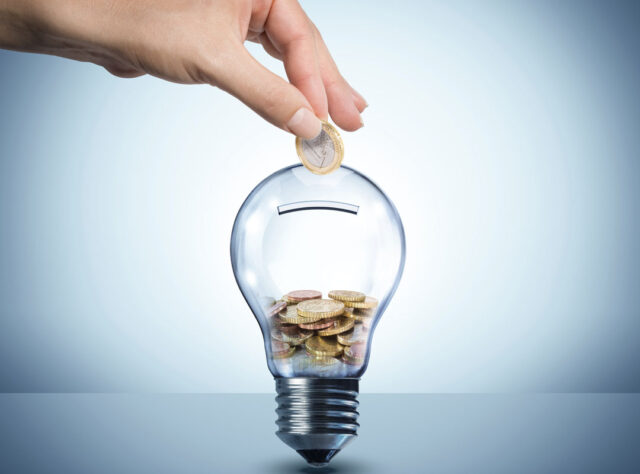
Turn off unnecessary light- During dinner, lighting from other forms should always be kept off when everyone is at the dining tables. You are not expected to keep the outside security lights on during the day, considering their purpose is to provide security at night. In any case, when light is not in use, it should be off.
Consider using natural light- During your day-to-day activities at home, remember to draw your curtains so as much light can comes in, as natural lighting is always the best This saves you a couple of more dollars.
Fix all leakages- Power leakage forms the most significant cause of energy loss. To achieve energy efficiency, where there is power leakage, you need to seal and insulate. No matter how small a leak is, maybe always fix it or get someone to do it for you; remember, it is all about saving.
Take a shorter time in the bathroom- Heaters tend to cause overpricing of bills, which is when you take long on heated showers.
Always remember to unplug unused electronics- Phone chargers, laptop chargers, and other devices are often left in the socket even after their work is done. It could be the perfect position to place your gadgets but not when they are not in use, unplug, and disconnect.
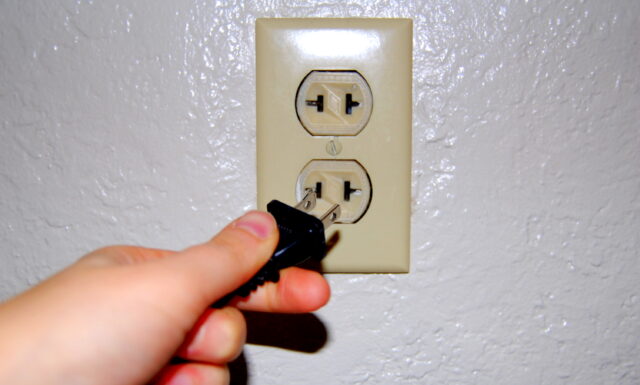
Consider task lighting- When reading, you can get a reading lamp and switch off ceiling lights to conserve energy.
Switch the old school computers for laptops; this will save some electricity since you can stay away from using electricity for some time.
Turn the water off when shaving or brushing your teeth.
Avoid using heat during the summer to reduce the cost of heat cooling. Opting for barbecues instead of the oven is the best you could do to save energy.
Hand your laundry to dry instead of using a washing machine for the work.
Turn off air conditioners if you are not at home.
Led stands for light-emitting diode; over the years, they have been preferred because of the bright lighting produced at low costs since it minimizes the bills for electricity. They are so easy to install.
You should always opt for led light instead of traditional light systems; this is because:
Led lights have a longer lifespan compared to traditional lighting. Once you buy a set, it’ll take you almost lifetime.
Led lights have a longer life span than traditional lighting, it takes time to change the spare parts, and it is also easier on the labor. This indicated how much low maintenance cost led lights are.
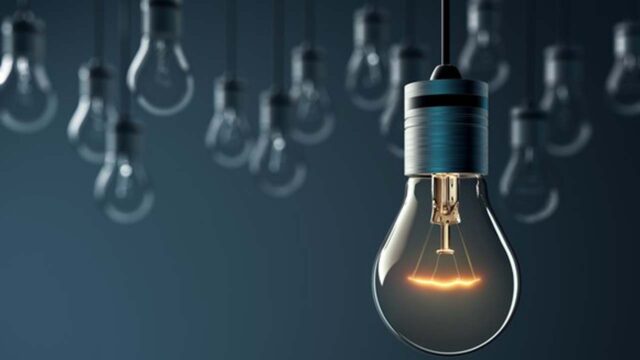
Led tends to use a low amount of power, hence high energy efficiency.
There is improved safety with led lighting. Safety usually depends on the emission of heat, and with led, almost no heat is emitted compared to the traditional lighting. Led consume low power voltage systems that make them consume less power. LEDs are usually much safer.
Led lights are usually physically small, and this enables them to be used for various light applications. The lights can be used for bulbs, modern lighting, board lighting, stadium lighting, and even traffic signals.
Led lights can portray the actual color of objects. It is referred to as the CRI- Color rendering index. High CRI is the most desirable quality when it comes to lighting needs. It, however, depends on the use of the lighting.
LEDs usually emit directly. This means that it only emits its rays at 180 degrees while traditional lights emit at 360 degrees. Too much-emitted light ends up being redirected or reflected. A house that uses traditional light will see that the light is directed to the ceiling, and it is supposed to direct light to the room.
The size of LEDs gives the design flexibility: they can be used as a bunch of them to bring out the traditional lighting, they could be used as a tiny torch, or they could be arranged linearly.
They are usually solid-state lights; traditional glass bulbs around them are generally unnecessary since they have their semiconductors.
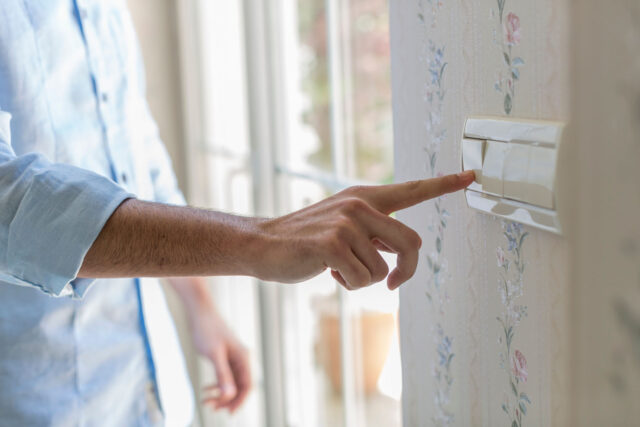
LEDs are environmentally friendly because they do not contain mercury, as is the case with traditional lighting. You are usually advised to dispose of them carefully because of the mercury. LEDs can be easily disposed of.
LEDs turn on and off instantaneously; some lamps require warming up to the light, which is not the case with LEDs. This warming up degrades the quality of the lighting. LEDs retain their original quality.
LEDs do not have UV emissions, they emit their energy in the visible and infrared spectrum, but none has been traced to the Ultra Violet portion.
Most people opt for LED lighting in their outdoors because LED uses low power voltage.
LED lights operate correctly on both low and high temperatures. The lights remain in good condition wherever.
They are available in various correlated color temperatures. This usually gives you multiple colors to choose from: there are cool and warm color illusions with these lights in the colors you desire.
Besides checking on the watts when buying a bulb, you should always check on the lumens. They are the amount of light that is put out. Watts only tends to measure the energy being released and show how bright it would be.
When checking for a bulb’s size and fitting, consider the space that you are trying to light up. On some sites, you could even find measurements for this. You are recommended to leave some room for cooling. Also pick electricity provider that has cheaper rates to help you save.
Conclusion
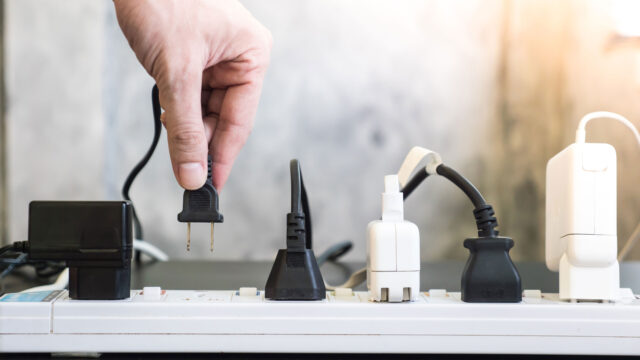
LEDs have been recognized as the best for both commercial and residential developers. It progresses from the fast-growing technology. In case you are looking forward to converting to LED lighting, contact www.ledlightexpert.com. You may also get the best TXU energy rates and the finest plan for your needs by searching and comparing the different energy rates and plans.

